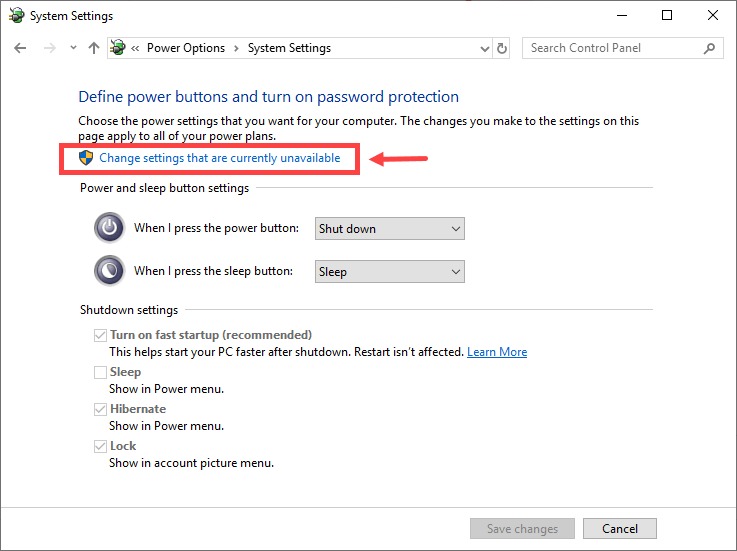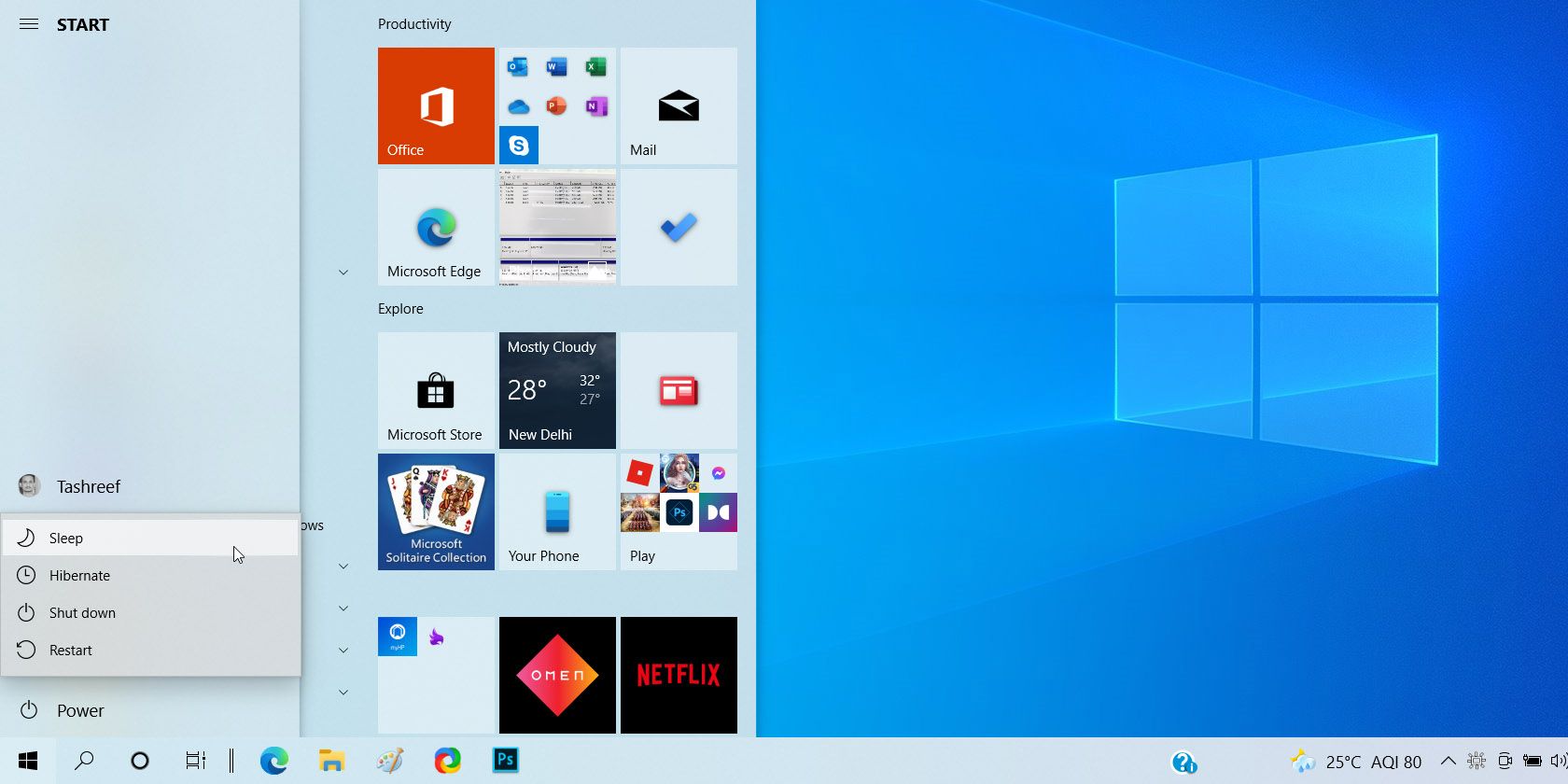
Step 1: Open Control Panel and head to the Power Options page. In fact, my Asus ZenBook had this option, but after I upgraded to Windows 10, it disappeared.įortunately, it's easy to restore Hibernate mode. (With the latter on a laptop, you can come back a day or two later to a dead battery.) But if you're a Windows 10 user, you may have noticed there's no Hibernate option when you click Start > Power.

I like Hibernate because it doesn't draw any additional power the way Sleep does. When you start it up again, it restores that state, letting you resume from where you left off. Hibernate, on the other hand, saves your current system state to the hard drive, then effectively shuts down the system.

Sleep is often referred to as "standby," a low-power state that enables your computer to "wake up" almost instantly when you open the lid or hit the power button. Windows has long offered two ways to "pause" your computer without actually shutting it down: Sleep mode and Hibernate mode.


 0 kommentar(er)
0 kommentar(er)
